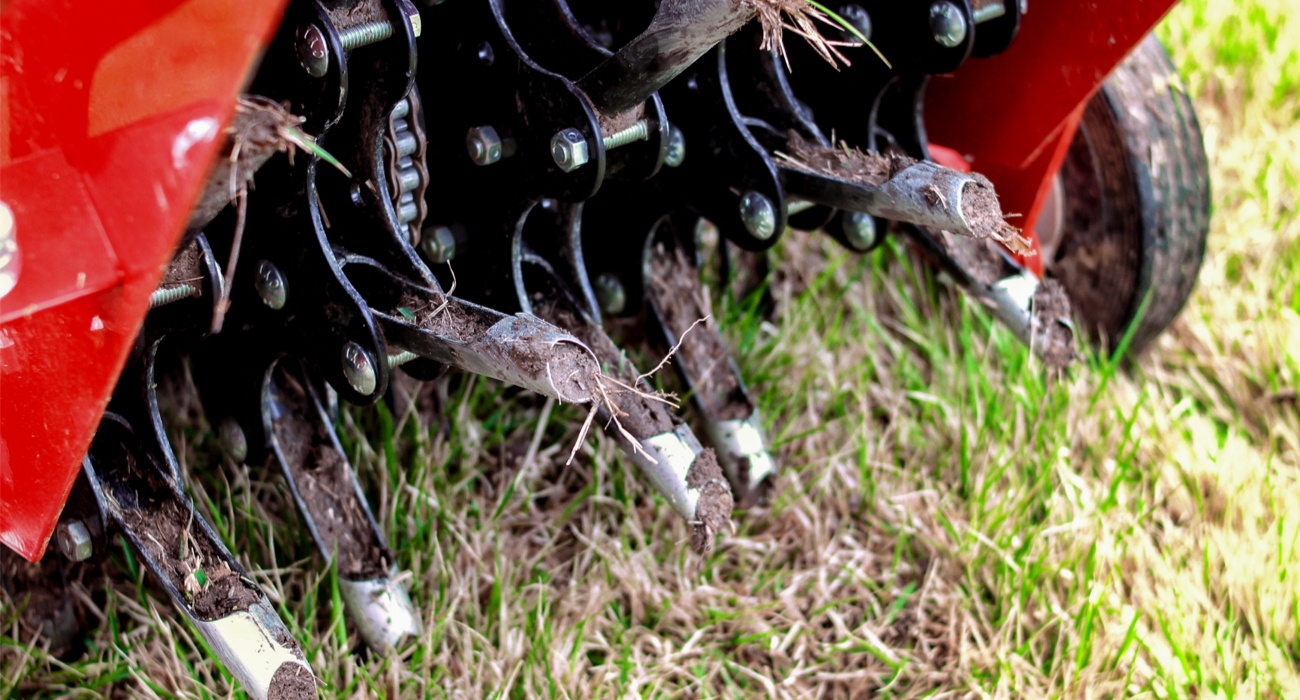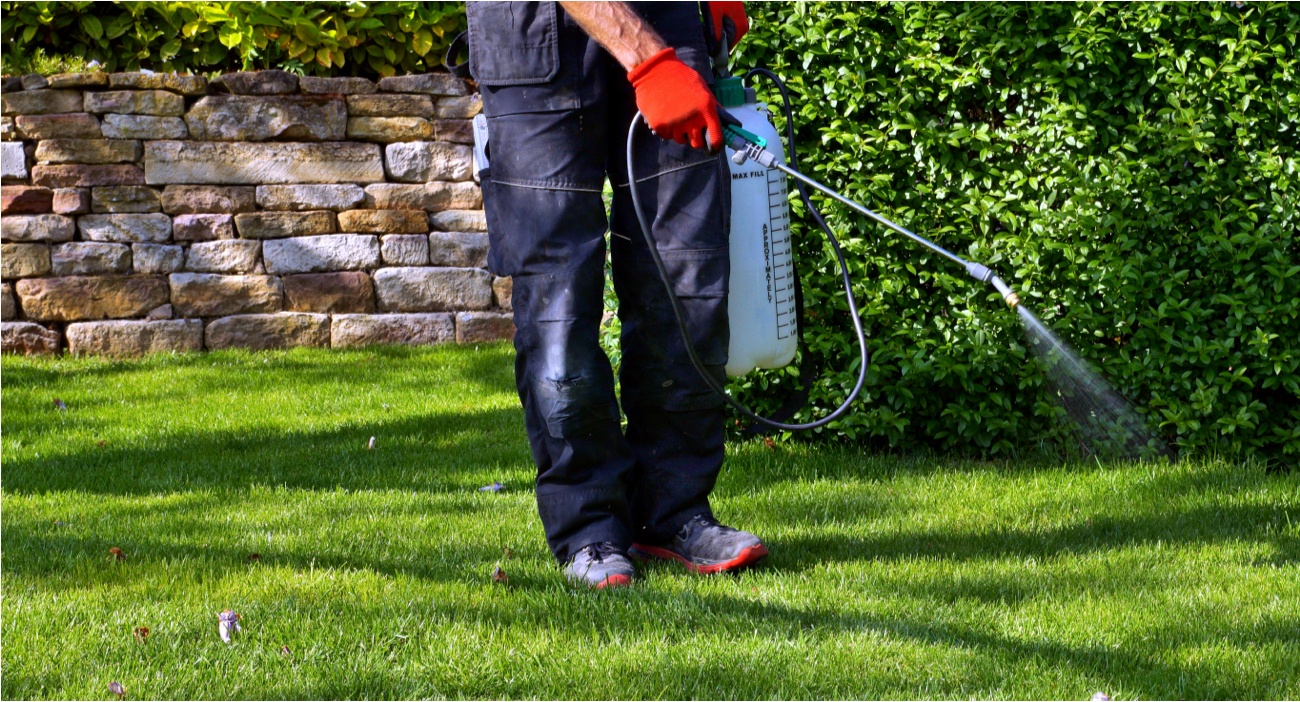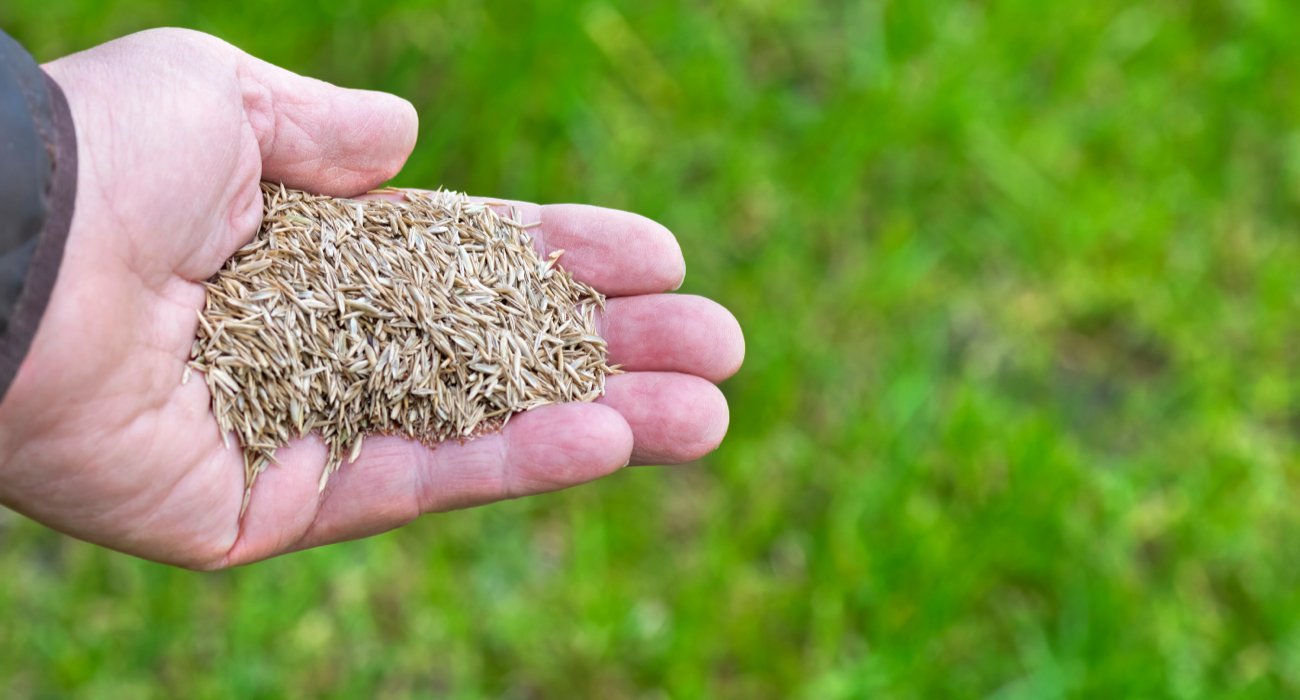Each fall, a window of opportunity opens for improving your lawn. Daily sunlight, cooler temperatures, and steady rainfall work in harmony to create ideal conditions for grass growth. After the stress of summer drought and heat, aeration can give your lawn the boost it needs—but the real question is: which method is right for you?
Here are a few expert Lawnganics pointers to help guide your decision:
Mechanical Core Aeration
Core aeration uses a machine to physically pull plugs of soil from the ground, leaving small holes that naturally fill in over time. This improves airflow, water absorption, and nutrient access at the root level.

Best for:
- Lawns with heavy soil compaction from machinery, foot traffic, or pets
- Lawns being overseeded, since the holes create the perfect seed-to-soil contact
Key benefits:
- Core aeration relieves soil compaction, making it easier for roots to grow stronger and deeper.
- Improves the movement of air, water, and nutrients through the soil, which supports healthier lawns
- Creates better seed-to-soil contact, which boosts germination success during overseeding
Liquid Aeration
Instead of pulling cores, liquid aeration uses surfactants, humic acids, and beneficial microbes to loosen the soil structure and promote root development. It penetrates deep into the soil without disturbing the surface.

Best for:
- Lawns with underground irrigation systems, invisible dog fences, or shallow utilities
- Improving overall soil health and structure long-term
- Homeowners who prefer a less disruptive process (no soil plugs on the surface)
Key benefits:
- Less disruptive to the lawn surface, making it convenient and effective for year-round care (no plugs)
- Loosens compacted soil at a deeper level than core aeration
- Enhances root growth by creating long-lasting channels for air, water, and nutrients.
Overseeding
Overseeding is the process of spreading grass seed directly onto your existing lawn. This helps thicken thin areas and introduces new, improved grass varieties for greater durability and disease resistance.

Best for:
- Lawns that are thin, patchy, or lacking variety
- Creating a stronger, fuller lawn by blending in new seed types
Key benefits:
- Fills in bare or thinning areas
- Increases overall lawn density
- Improves disease & drought resistance
So, which is best?
- Choose mechanical core aeration if your soil is compacted or you’re pairing it with overseeding.
- Choose liquid aeration if your main goal is soil health and you want to avoid the mess or risk of hitting buried utilities.
- Add overseeding if you want a thicker, more resilient lawn, especially after a tough summer.
In many cases, combining methods—such as core aeration + overseeding, or liquid aeration + overseeding—offers the best results for both immediate improvement and long-term lawn health.
Aeration & Overseeding Quick Guide
| Method | How It Works | Best For | Key Benefits |
|---|---|---|---|
Machine pulls soil plugs, leaving holes that fill in naturally |
|
| |
Uses surfactants, humic acids & microbes to loosen soil at the molecular level |
|
| |
Grass seed spread over existing lawn to thicken and improve turf |
|
|



